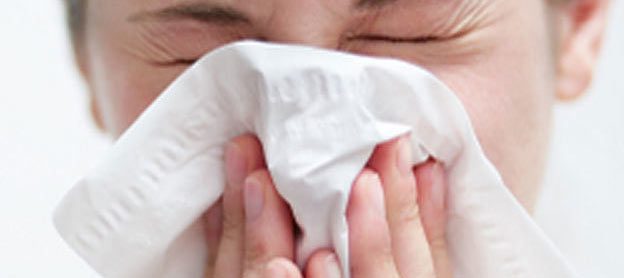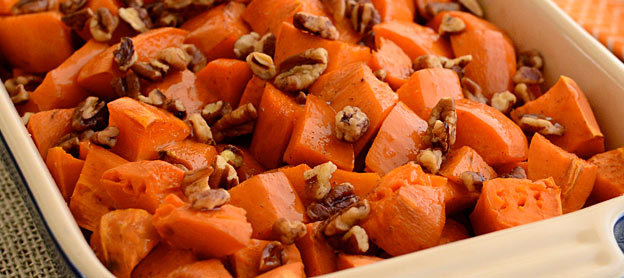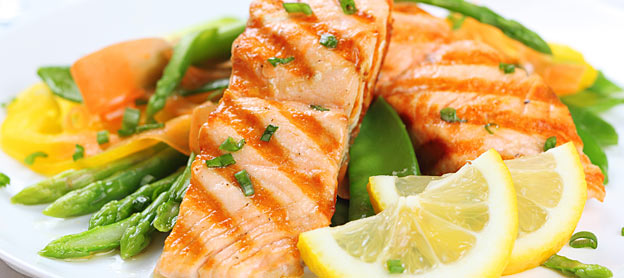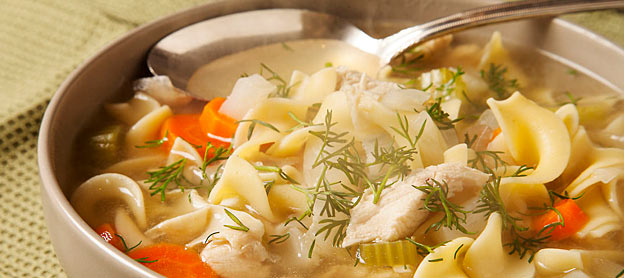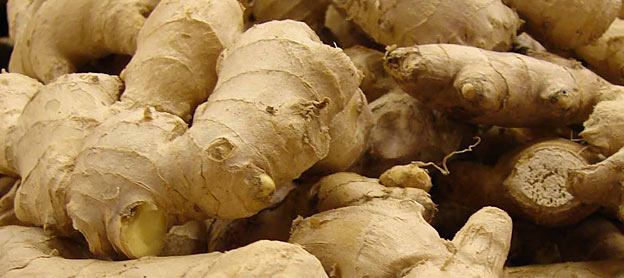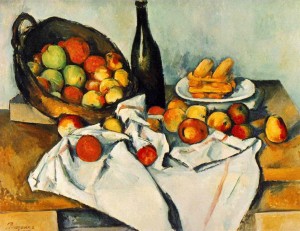You’ve probably watched the Super Bowl as I have many times, faithfully, elevating the occasion to some kind of macabre family tradition. It is a spectacle of athletic agility, drama, and struggle; the pinnacle of American sporting contests.
Despite the heavy onslaught of commercialism, faux halftime culture, and evident violence on the field, we suspend our awareness that this event may not be a magical moment worth our time and validation, even as its winners call out to some magical disney kingdom. Here are 7 points to consider:
7.) Obesity and cardiovascular disease
Up to 45% of youth participating in football are overweight or obese. The nature of the sport favors, and increasingly demands, a large body size. The physique acquired in adolescence often persists into adulthood.
According to a 2007 study of 653 boys ages 8-14 playing football in Michigan, 20% were overweight and another 25% were obese, as defined by body mass index. Studies have shown that linemen have high early mortality rates, and for all professional players who have played 5 years or more, life expectancy is less than 60.
6.) MRSA infections and abscesses
- Quarterbacks Tom Brady and Peyton Manning have suffered from it.
- In 2003, five members of the St. Louis Rams developed large abscesses due to methicillin-resistant Staphylococcus aureus.
- In 2002, two members of the USC football team were hospitalized, with one requiring multiple surgeries and skin grafts. The following year USC football reported 17 players contracting MRSA infections requiring incision and drainage.
- A 2007 survey of collegiate football players found an infection rate of 6.7%.
- Three studies completed by the Texas Department of State Health Services found that at least 276 high school football players in Texas were infected with MRSA between 2003-2005, at a rate that was 16 times higher than the national average.
MRSA infections can be fatal. Football is a particularly risky sport for contracting MRSA due to skin abrasions, potentially contaminated turf, sharing of towels, poor hygiene, and high antibiotic use (in the case of the St. Louis Rams study, players were given antibiotics at 10x the rate of the general community).
5.) Heat illnesses
CDC researchers analyzed cases of dehydration, heat exhaustion, and heat stroke among players of 9 types of sports at 100 high schools. 70% of illnesses occurred among football players, many of whom were overweight or obese. This translates into roughly 6,400 annual heat-related illnesses resulting in at least one day of athletic participation lost.
4.) Spectator heart attacks
The most vivid anecdote of this phenomenon may be the story of a Pitttsburgh Steelers fan who went into ventricular fibrillation, a lethal heart rhythm, as he watched Jerome Bettis fumble while crossing the goal line.
A German study found that cardiac emergencies were over 3 times as likely in men, and almost 2 times as likely for women, during days the German national football (soccer) team played in the 2006 World Cup.
3.) Concussions
The violent shaking of the brain against the skull causes a flood of neurotransmitters and discharged neural circuits in the brain, leading to varying degrees of confusion, blurry vision, nausea, dizziness, headache, memory loss, imbalance, and sometimes unconsciousness. Repeated concussions lead to permanent brain injury and long term degenerative brain disease as listed below.
2.) Musculoskeletal gore
Athletes become paralyzed from vicious collisions, accidental and malicious. During some games it seems there are more pauses for injuries than forward passes. Microphones capture the crunching sounds, cracking joints, and juice-filled meat poundings of each hyperintense collision.
How often can the mob watch breathlessly as another football player lies motionless on the ground, hoping for a twitch to assuage the collective guilt of a blood thirsty audience?
If the sum total of all the torn cartilage, tendons, muscle, skin, and fat were placed in an abattoir-worthy heap it would tower into the sky like an oozing, fetid, bacchanalian monument to human misery. Need references for that claim?
1.) Chronic Traumatic Encephalopathy
CTE is thought to be caused by repeated blows to the head. It has been implicated as a cause of depression, completed suicide (football players such as Ray Easterling, Junior Seau, and Dave Duerson), and dementia in untold others.
Even mild but repetitive impacts have been associated with long term brain damage, and increasingly attention is being focused towards the negative consequences of the sum total of head trauma.
Perhaps George Will said it best in an editorial in the Washington Post last summer:
In the NFL, especially, football is increasingly a spectacle, a game surrounded by manufactured frenzy, on the grass and in the increasingly unpleasant ambiance of the fans in the stands. Football on the field is a three-hour adrenaline-and-testosterone bath. For all its occasional elegance and beauty, it is basically violence for, among other purposes, inflicting intimidating pain.
So join me in boycotting the Super Bowl and its grandiose commercialism, entertaining violence, and sad risks for the health of its gladiators. Create art, have a conversation with your kid, get a colonoscopy… there are much more edifying pursuits than tolerating, nay worshipping, the violent tendencies within.


 As anyone with seasonal allergies to tree pollen knows, allergy season has begun. Aside from the sneezing, itchy eyes, nasal congestion, and general sense of being ill, is there anything good about this springtime immune system dysfunction? I came across some evidence that might slightly relieve that annual sense of “suffering” – having allergies of any kind seems to reduce the risk of glioma, including malignant brain tumors, by up to 40%.
As anyone with seasonal allergies to tree pollen knows, allergy season has begun. Aside from the sneezing, itchy eyes, nasal congestion, and general sense of being ill, is there anything good about this springtime immune system dysfunction? I came across some evidence that might slightly relieve that annual sense of “suffering” – having allergies of any kind seems to reduce the risk of glioma, including malignant brain tumors, by up to 40%.

